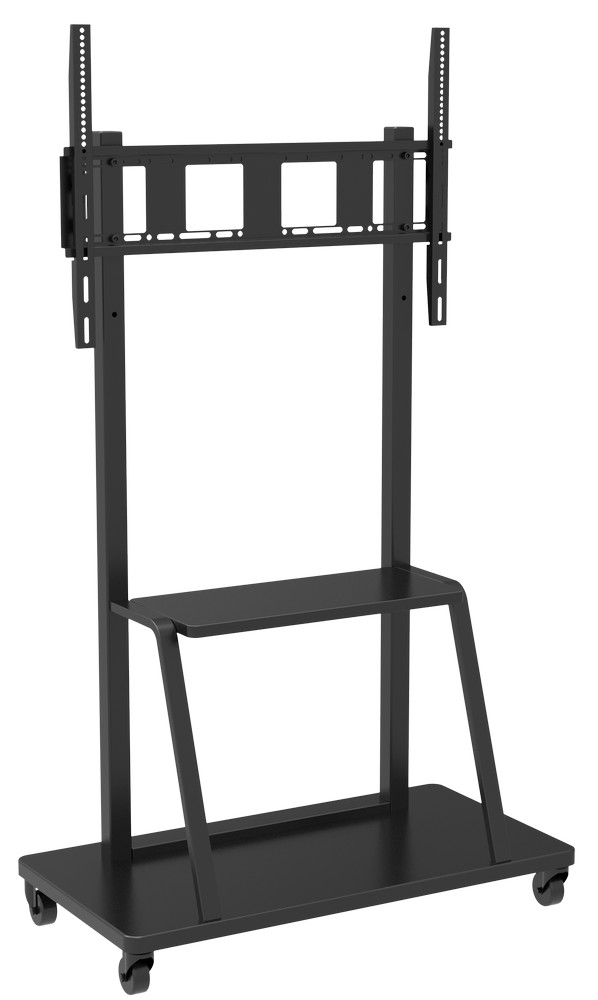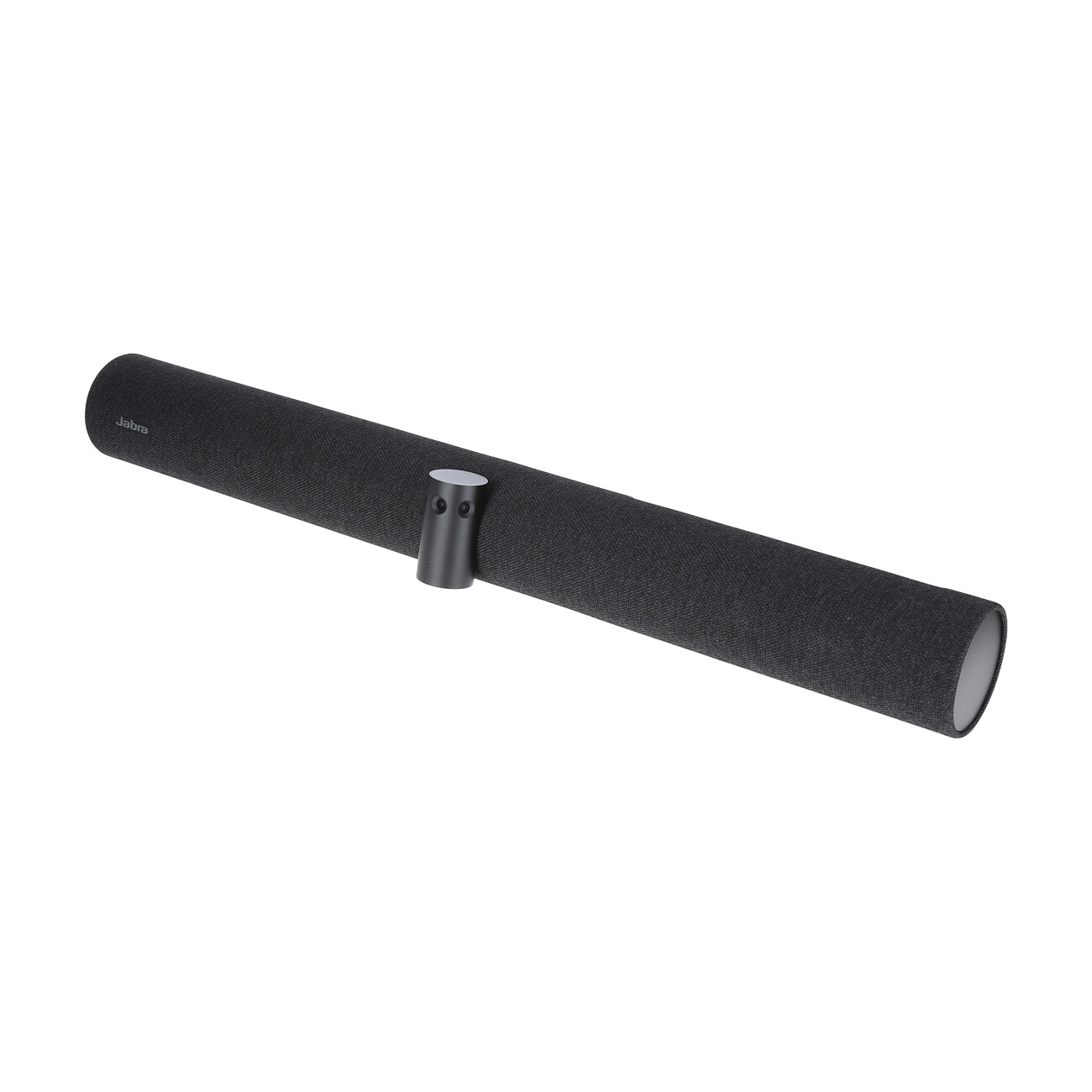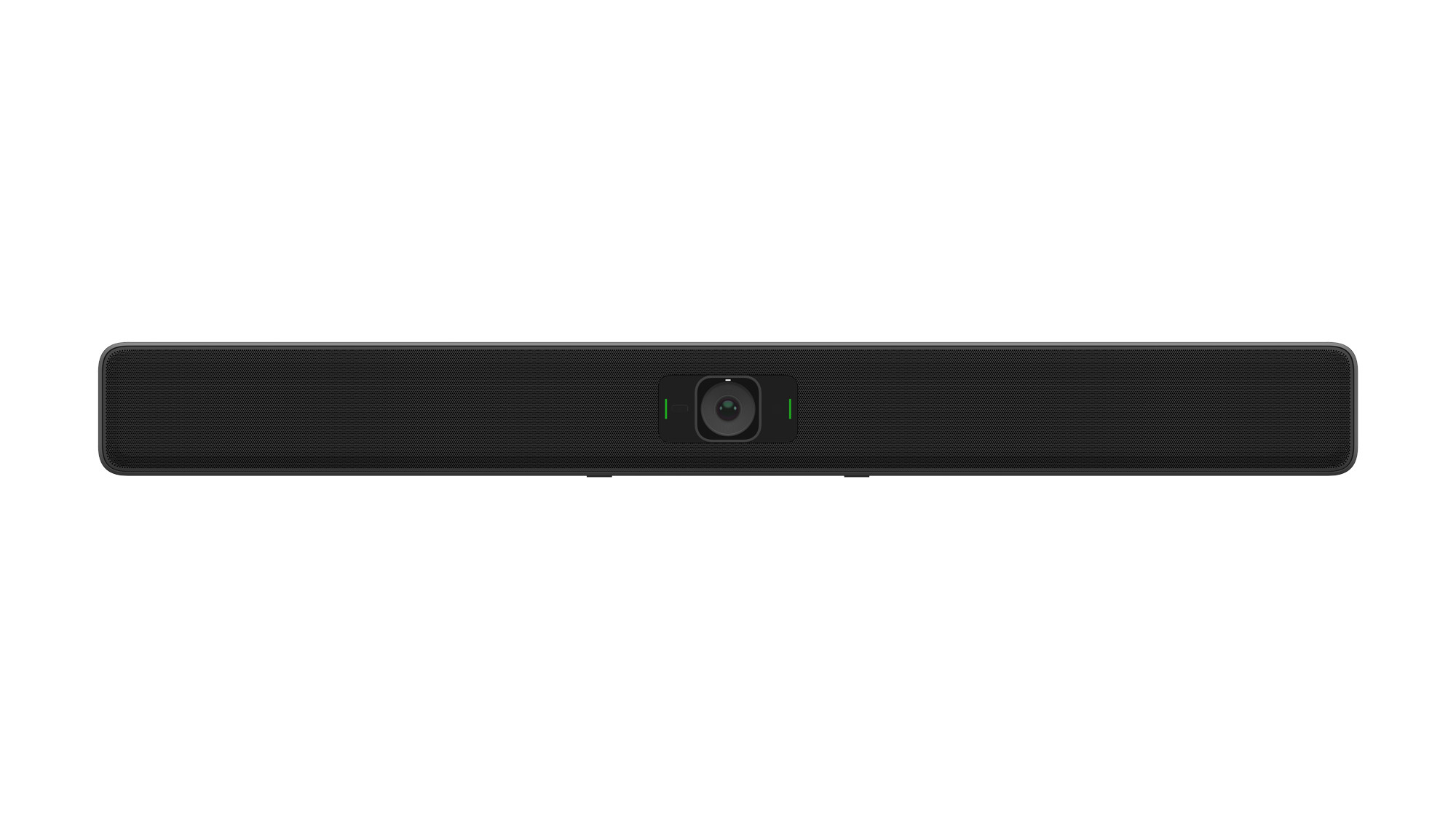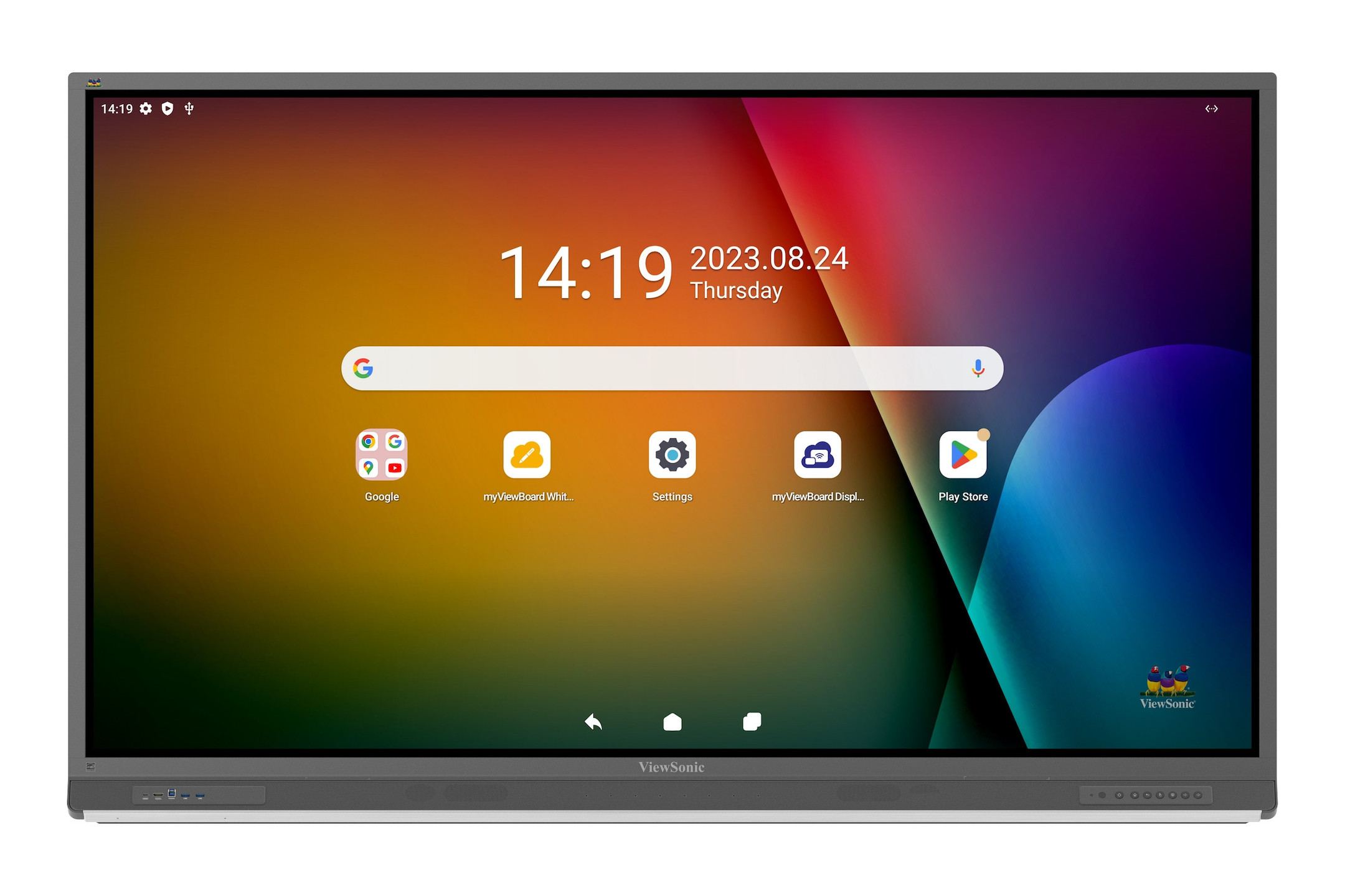



















£4,718.95*
- Resolution 3840 x 2160 4K UHD
- Max. Brightness 450 cd/m²
- Panel type VA
- Contrast Ratio 5,000 :1


Frequently purchased together
Product information
ViewBoard IFP8652-2F
Unlock limitless learning with the ViewBoard IFP52-2F series. Certified under the Android Enterprise Device License Agreement (EDLA), it seamlessly harmonises the Android™ 13 operating system with myViewBoard software and access to the Google Play Store to deliver enriching learning experiences complemented by robust security features. Collaborate with split-screen and multitasking, enjoy seamless connectivity and streamlined workflows thanks to triple USB-C ports and vCast Wireless Screen Casting, and captivate both distance and face-to-face students with the built-in microphones and front speaker. With a full range of compatible accessories, it enlivens the learning experience to take student engagement to a new level.
- EDLA-certified (Enterprise Device Licensing Agreement) ViewBoard 86" 4K Interactive Display
- Seamless plug-and-play connectivity with triple USB-C ports
- Intuitive, customisable Android™ 13 launcher with draggable apps and widgets
- Advanced security controls and compliance standards to protect your data
- Enhanced collaboration with built-in myViewBoard software powered by an octa-core CPU
Google Play Store expands teaching horizons
Integrated access to the Google Play Store and Workspace Suite simplifies collaboration. With the Android™ 13 Launcher, you can bring widgets, educational tools and essential apps like Chrome, YouTube and Google Search within reach with a simple drag and drop to the home screen.
Enhance your learning experience with advanced multitasking

Design lessons and activities dynamically with split-screen multitasking. Whether whiteboarding in one window while streaming a video in another, or brainstorming alongside test questions, Picture-by-Picture mode displays two windows simultaneously for seamless productivity.
Encourage learning with myViewBoard Whiteboard
Captivate, engage and inspire with the built-in, compatible myViewBoard Whiteboard. Whether you're teaching in person or online, enjoy streamlined lesson planning and interactive teaching with custom whiteboard tools like pop quizzes, an infinite canvas and timers.
Ergonomic design for fluid lesson planning
The slim control bar design positions the angled input buttons and I/O ports front and centre. This ensures effortless access to key controls and optimises connectivity for a smooth and uninterrupted teaching experience.
One-cable solution simplifies setup
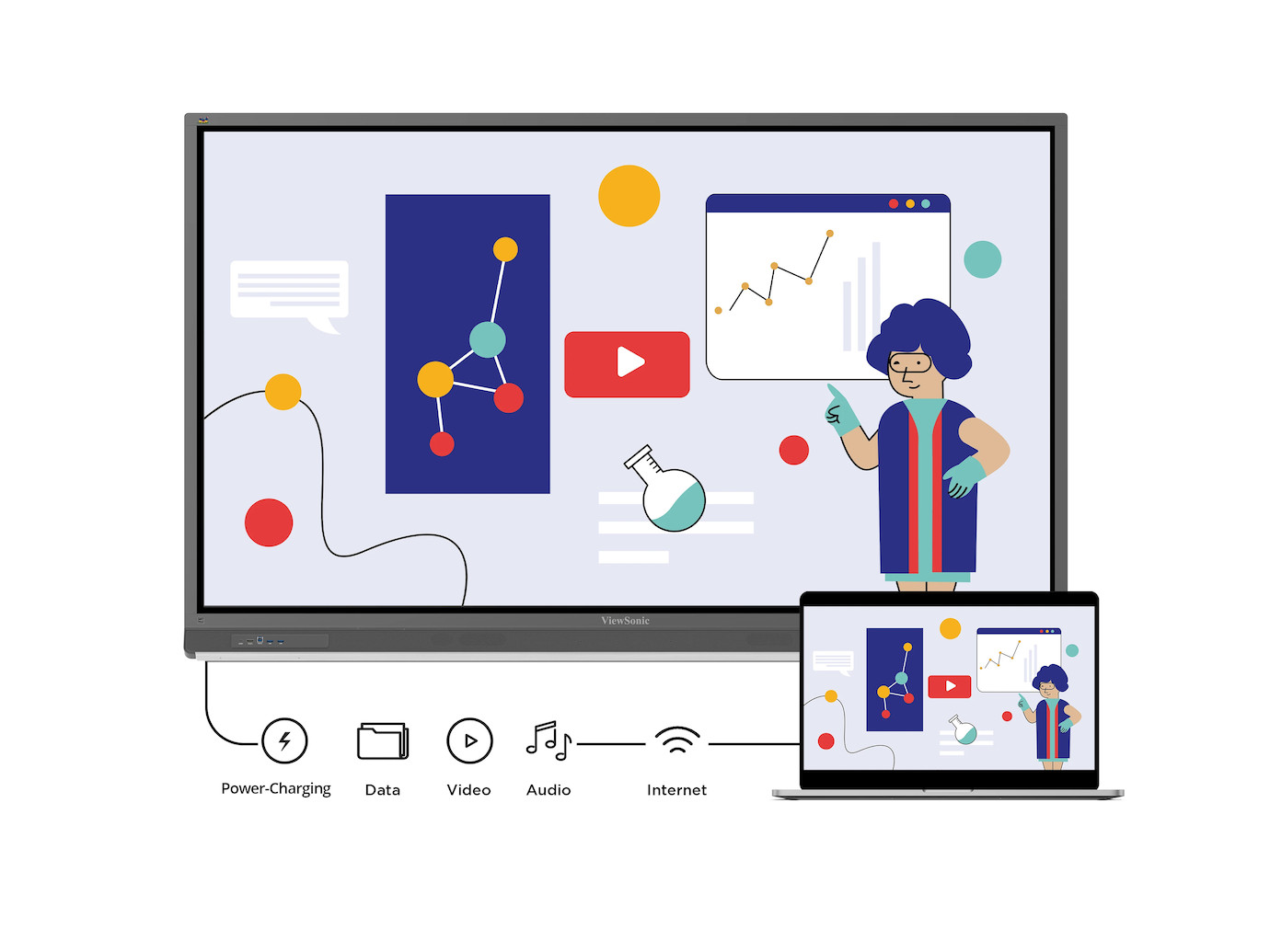
The comprehensive connectivity setup is designed for ease of use and features three conveniently accessible USB-C ports. This single-cable solution optimises your workspace for fast multimedia playback, smooth data transfer and efficient device charging.
Seamless sharing via web browser screen casting
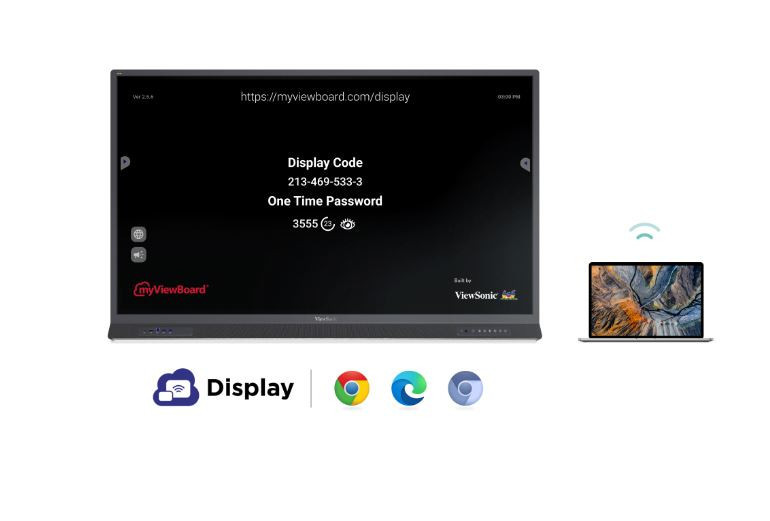
With myViewBoard Display, you can effortlessly share your device's screen with the ViewBoard. This built-in casting service enables instant sharing from compatible web browsers without the need for additional cables or app installations.
Fast wireless connectivity for dynamic classrooms
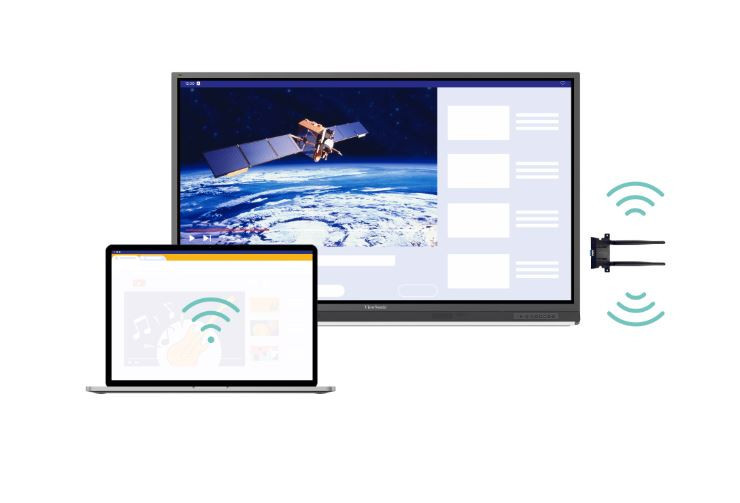
Expand the ViewBoard IFP52-2F series with an optional Wi-Fi module for seamless Internet access. Enjoy online videos or research resources in an interference-free environment. It can also be used as a hotspot to provide a stable, wireless internet connection in the classroom.
8-microphone array for seamless hybrid learning
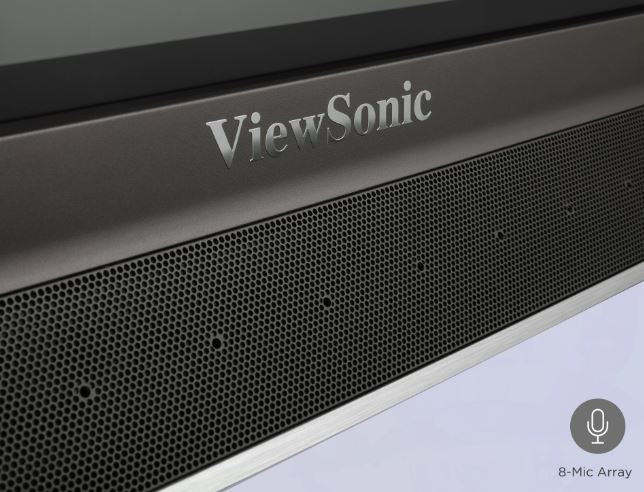
The ViewBoard IFP52-2F Series features an 8-microphone array with advanced noise detection and cancellation technology, enabling accessible learning experiences with clear audio for hybrid, remote and recorded lessons.
Captivate with Immersive
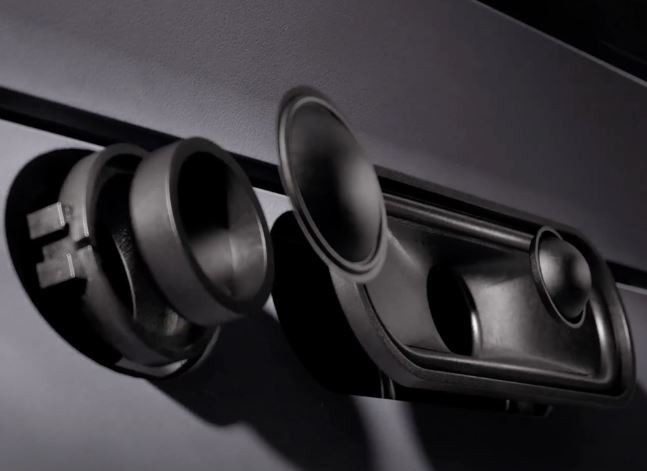
With front and centre speakers, this system delivers an immersive audio experience. The enhanced sound effects create an immersive atmosphere for movies, games and multimedia content.
Write with pen on paper using Ultra Fine Touch technology
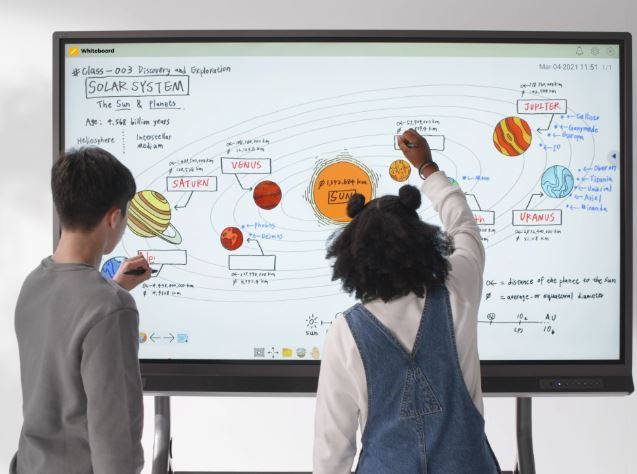
Enjoy writing with pen on paper as you take notes, annotate and sketch ideas with the dual pen. The ViewBoard IFP52-2F series with Ultra Fine Touch technology and 40-point touch capability encourages collaboration and interactivity in the classroom and opens up new learning opportunities.
Eye saving with flicker-free technology writ large
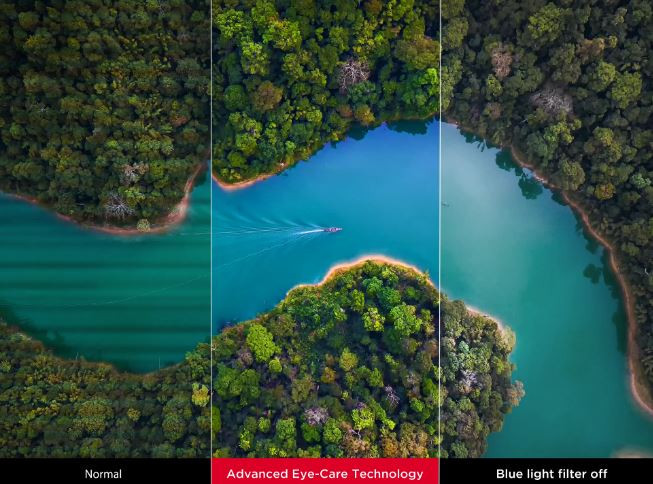
By integrating flicker-free technology, a blue light filter and anti-glare coating directly into the display, the ViewBoard IFP52-2F series offers a superior viewing experience that is both easy on the eyes and energy efficient.
Technical data
| Name | ViewSonic IFP8652-2F 86" Touch display |
|---|---|
| Article number | 1000029564 |
| GTIN/EAN | 0766907023206 |
| Manufacturer SKU | IFP8652-2F |
| Model name | IFP8652-2F |
| Brand | ViewSonic |
| Product Type | Touch display |
| Product Series | ViewSonic IFP52 Series |
| Technology | LCD |
| Panel type | VA |
| Resolution | 3840 x 2160 4K UHD |
| Diagonal | 86" |
| Aspect Ratio | 16:9 |
| Viewing angle - Horizontal | 178° |
| Viewing angle - Vertical | 178° |
| Contrast Ratio | 5,000 :1 |
| Max. Brightness | 450 cd/m² |
| Response time | 7ms |
| Support - VESA | 800 x 600 |
| Inputs | 1x Displayport , 1x RS232 , 1x VGA , 2x Ethernet , 3x HDMI , 3x USB-B , 3x USB-C , 4x USB-A |
| Outputs | 1x 3,5mm Jack , 1x HDMI |
| Features | Flicker Free , Integrated speaker , Touch screen |
| Product width | 197.1 cm |
| Product height | 121.25 cm |
| Product depth | 12.13 cm |
| Weight | 74 kg |
| Colour | Black |
| EEK Spectrum | A to G |
| Delivery contents | HDMI Cable , Power cable , Remote control |
| Condition | New |
| Warranty | 60 Month |
| Warranty type | Onsite Repair Service and support information |
Product safety
| Person responsible for the EU |
|---|
| ViewSonic Technology GmbH |
| Fürst-Leopold-Platz 1 |
| 46284 Dorsten |
| Germany |
| sales-uk@viewsonic.com |




